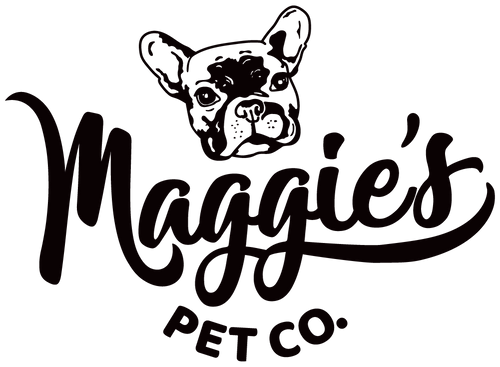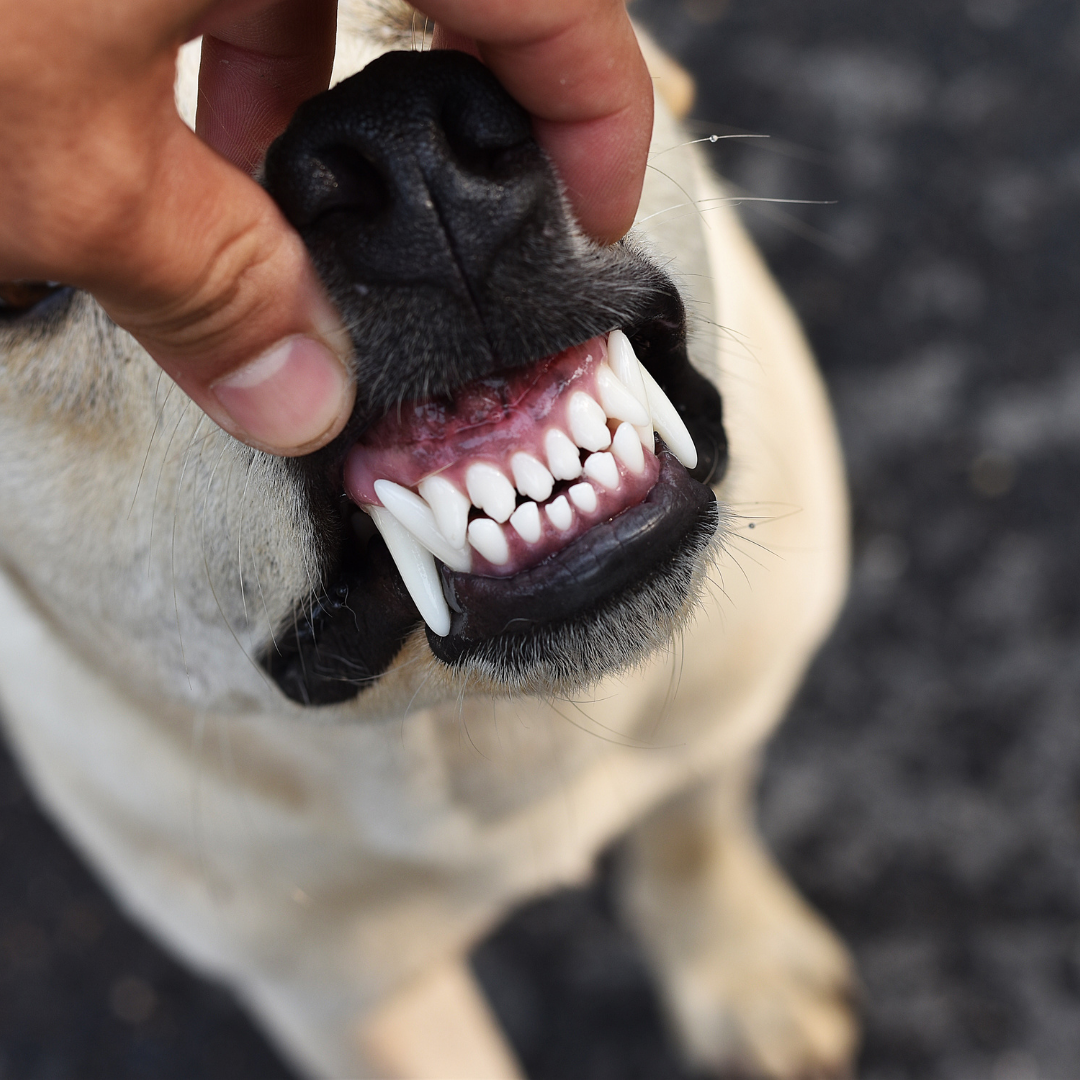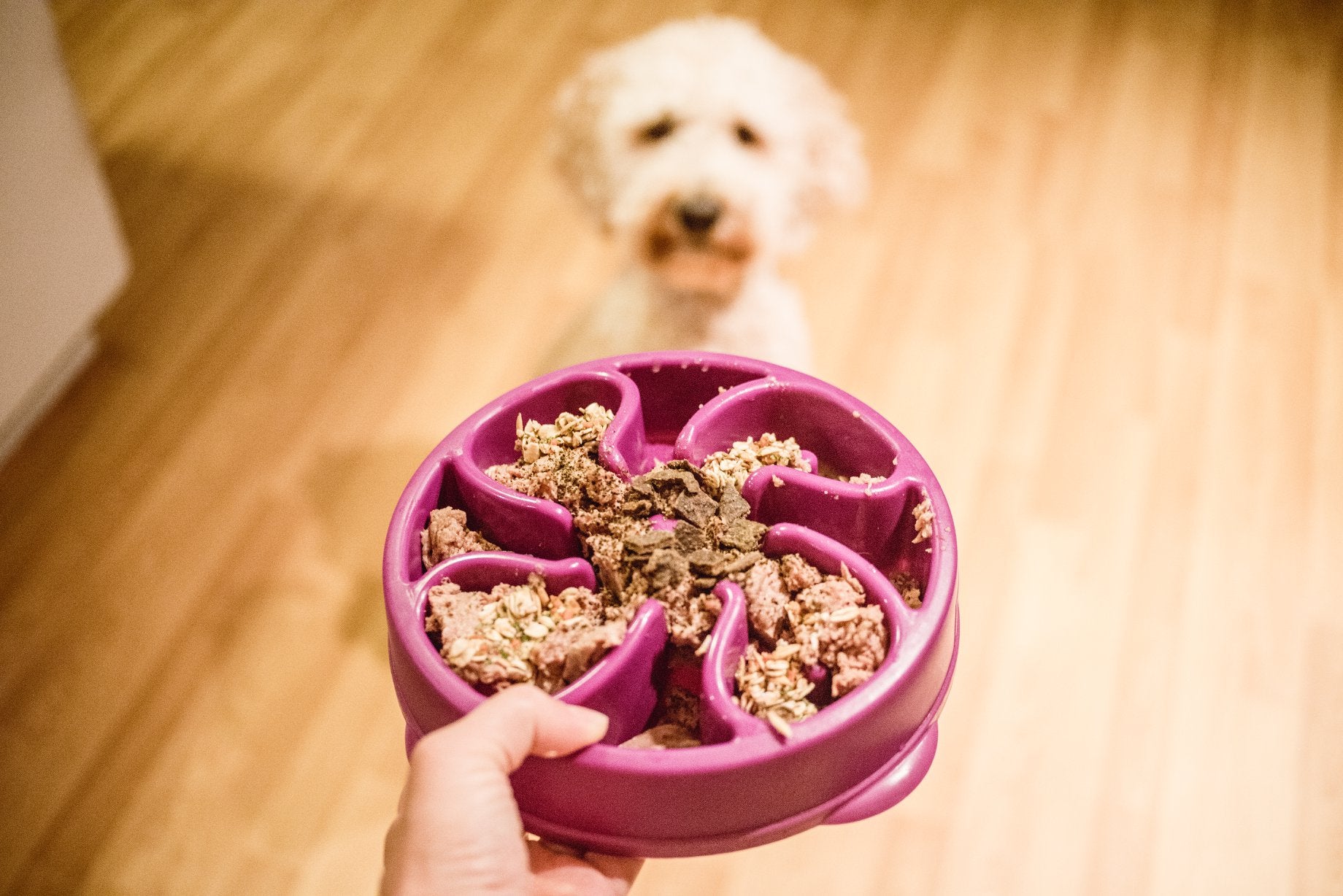Back in 2011 The Waltham Institute, owned by Mars—the company behind Royal Canin, Purina, and Whiskas— collaborated on a two-year study and concluded that the 'pioneering research has shown that, when given the choice, cats will consistently select food that is nutritionally very similar to their natural prey, such as mice and birds.'
They even go on to marvel that 'it is particularly remarkable that, even after thousands of years of domestication, cats still select a diet nutritionally similar to their natural prey.'
While this is deemed 'pioneering research', to the average pet owner, it’s an unsurprising revelation. I guess we can only wait and see how long it might take for this company's foods to reflect the findings. It’s been 13 years.. and counting.
Take Whiskas for example, the ingredients in the ‘Beef and Lamb’ recipe include:
Wholegrain cereals; meat & meat by-products (poultry, beef, lamb, and/or pork); cereal protein; poultry digest; all essential vitamins and minerals; amino acids (including taurine); flavours; antioxidants and colours.
Red Flags
- Primary Ingredient = Cereals.
- Added Colour = What! Why?!
- Unspecified ‘Flavours’.
- Meat & Meat By-Product of unspecified meat origin, (may not include labelled protein).
We didn't have much luck with the quality of ingredients in Whiskas, so perhaps the premium Royal Canin range might be better. The ingredients include: meat and animal derivatives, fish and fish derivatives, vegetable protein extracts, cereals, derivatives of vegetable origin, minerals, and various sugars.
Red Flags
- Extremely vague ingredient panel.
- What is the animal derivative?
- What are the cereals and vegetables included? This is important information for an animal that is an obligate carnivore.
- Composition = protein - 12%, fat - 2.8%, crude fibre - 0.9%.
- Pet food manufacturers are not obligated to disclose carbohydrate % on food labels because carbohydrates are not essential macronutrients, however, assuming this food is 70% moisture, that means this food is approximately 14.3% carbohydrate.
What troubles me most is the hypocrisy in the marketing pitch of this product online. Keep in mind the findings from The Waltham Institute (again, owned by the same company as Royal Canin) mentioned above, that posited "when given the choice, cats will consistently select food that is nutritionally very similar to their natural prey, such as mice and birds."
This begs the question, why is this food marketed on the Royal Canin website to be “formulated to match the optimal Macro Nutritional Profile instinctively preferred by adult cats"? when this is in direct conflict with the findings of The Waltham Institute?
To quote the study, "We estimate from the data... that the (self-regulated) intake target (for the feline diet) lies close to 26g per day of protein, 9g per day of fat and 8g per day of carbohydrate, yielding a macronutrient energy composition of 52% protein, 36% fat and 12% carbohydrate.” (Hughson-Hughes, et al., 2011).
Notably, the macronutrient composition of Instinctive Diet is 40% protein, 9.3% fat, 47.6% carbohydrate, a far cry from the "optimal macro nutritional profile instinctively preferred by adult cats".
Last but not least, we have Purina. The ingredient panel for ‘Fancy Feast Wild Salmon Florentine with Spinach’ is lengthy, but look closely, for buried in amongst the plethora of synthetic vitamins and minerals is something quite sinister. An ingredient that can cause harm to the animal consuming it, but is simply included to appeal to the visual senses of the human feeding the product to their pets. Can you spot it?
Fish broth, salmon, wheat gluten, liver, meat by-products, spinach, chicken, corn starch-modified, artificial and natural flavors, added color, salt, tricalcium phosphate, soy protein concentrate. MINERALS [potassium chloride, magnesium sulfate, zinc sulfate, ferrous sulfate, copper sulfate, manganese sulfate, potassium iodide], taurine, choline chloride, Red 3. VITAMINS [thiamine mononitrate (Vitamin B-1), Vitamin E supplement, niacin (Vitamin B-3), calcium pantothenate (Vitamin B-5), Vitamin A supplement, menadione sodium bisulfite complex (Vitamin K), pyridoxine hydrochloride (Vitamin B-6), riboflavin supplement (Vitamin B-2), Vitamin B-12 supplement, biotin (Vitamin B-7), folic acid (Vitamin B-9), Vitamin D-3 supplement]. C-6701.
They're even cheeky enough to write, "every ingredient has a purpose" at the end of this list online.
Red Flags
- What purpose does added colour, and artificial flavours serve in a healthy feline diet?
- WHY is Red 3 still used in food!? This product is banned in human food in the U.S.A., Australia, Japan, China, UK and New Zealand.
Is the research institute acting as a Trojan Horse for Mars, serving to distract pet owners, and make them believe that the products manufactured by these brands are formulated with the good work of the Waltham Institute in mind?
There is a rapidly growing body of work that demonstrates a biologically appropriate diet for cats is predominantly fresh meat, but even if these companies reject the new research in pursuit of a larger profit margin, why must they add useless and potentially harmful ingredients like Red 3 that could be replaced by better alternatives, or better yet, removed from the food altogether?




